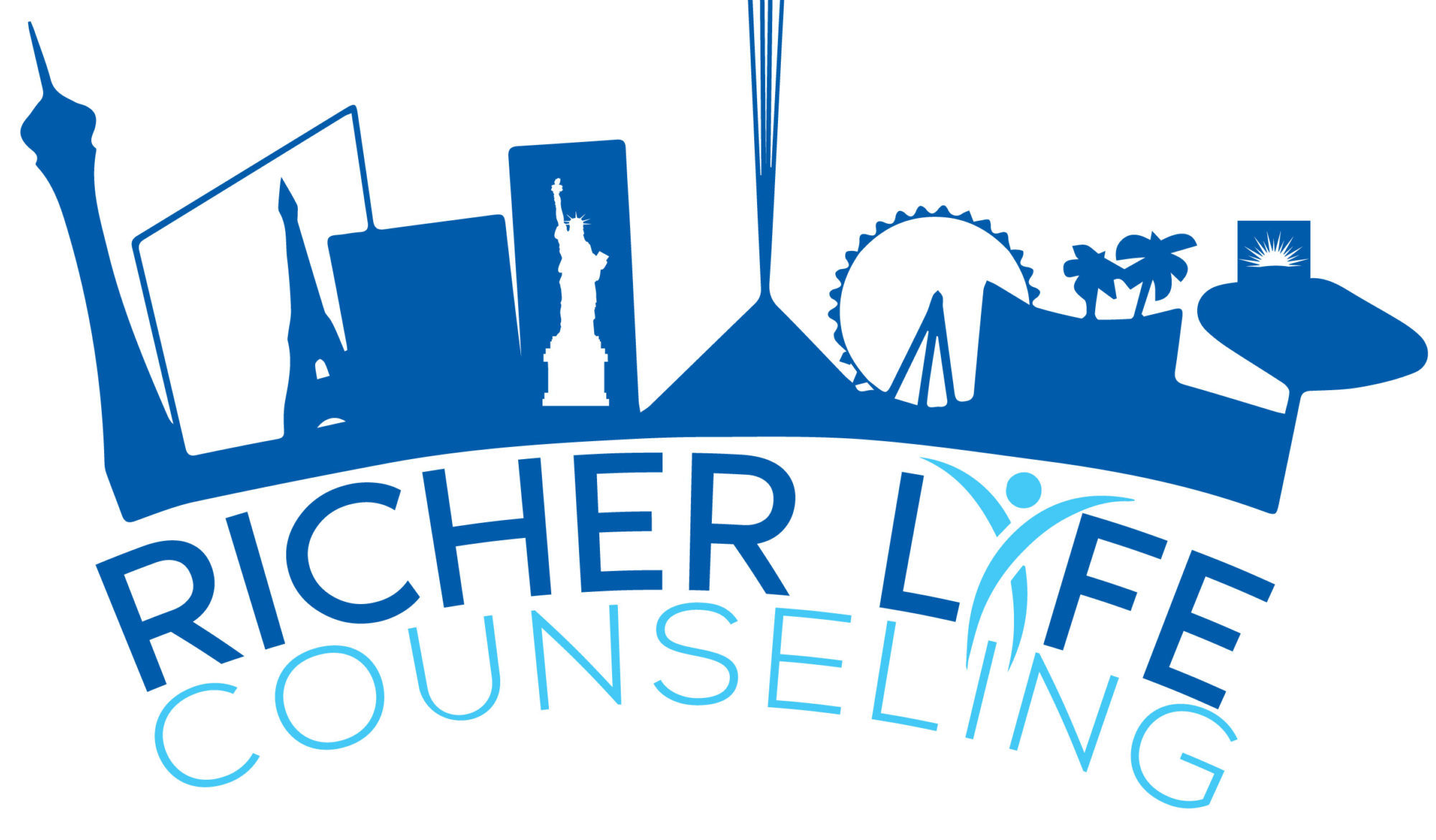You will never feel bad again after reading this.
During therapy, I always to ask my clients how are you doing today? The response that I get is varied but falls typically into three different types of categories. The first is “I’m good,” usually this means that everything in life is going well, no major stressors, and an overall feeling of happiness or joy. The second categories that I get “I’m ok.” Most of us use ok way too much because we are not feeling necessarily happy, sad or angry. In my life I tend to always think of being ok as feeling content with life, maybe a little bored or just at peace. The last category that I hear is “I’m doing bad.” At the start of therapy, most of my clients start off in this category, displaying feelings of anger, hurt, sadness, anxiety, confusion, and many more emotions. The problem is that good, ok, and bad are poor ways to describe our experience.
Emtions are not good or bad
Besides being an inadequate way to describe our emotional experience, we are unconsciously judging our emotions. When we state that we are feeling good, we are connecting “goodness” or “right” to an emotional state. The opposite is also true when we connect “bad” or “wrong” to an emotional state we are in a way judging our emotions.

You are not solely to blame for this basis that we have, psychologists have used the terms of positive emotion or negative emotion to label types of emotions. For an academic purpose, this makes total sense. However, we do not live in research or academia. We live in the real world were we let judgments influence our worldview, and how we live our lives.
I see people trying to limit their emotional experience to just feeling “good” and doing everything they can to avoid feeling bad. There is nothing inherently wrong with wanting to feel good/positive emotions; however just like in the movie Inside Out (spoilers over the next few lines) you can not truly experience joy without sadness.
You might be thinking “ok great Tyler, we judge our feelings, what should we do about it?” I have come up with two simple things to start to do to limit our emotional judgment.
Change how we talk about emotions.
Communicating differently about emotions is key. I teach my clients to get rid of talking about feelings in these three categories that I listed above (good, ok, bad) and start to label them in new categories: comfortable and uncomfortable.
Comfortable emotions are those emotions that we like to experience. Comfortable emotions would be referred to as good or ok emotions. From happiness, peace, contentment all of these emotions are comfortable to experience and what we want to experience more of in our life.
Uncomfortable Emotions
Uncomfortable emotions are the emotions that we do not like to experience. These could be the “bad” feelings, such as embarrassment, guilt, shame, hurt. The problem of labeling these as bad is when you do feel them, we tend to judge them and not want to explore them. So we push them away, minimize them, and find other ways to get out of that feeling.
Once you start to label your emotional experience and comfortable or uncomfortable you then can begin to find out what your emotions are telling you. I like to think of emotions like a compass. Any emotion that you feel is trying to point you in a direction. Happiness is telling you that you should keep doing what you’re doing, while guilt tells you that your behavior has gone against your values.
Deepen your emotional langue.
So you start labeling your emotions as comfortable or uncomfortable, how do you respond when someone asks how are you feeling? The answer is getting in tune with what you are feeling and then actually share that feeling. Creating a deeper emotional vocabulary and connecting this new vocabulary to the physical sensations. This skill can be quickly learned by just taking a few moments a day labeling your current feeling, and connecting it with your body. We all experience emotions differently so what is true for you might be different for someone else. When I am anxious, my hands tend to shake, while when I am overwhelmed, I get tired and sleep, while feelings of boredom lead me to feel restless and move around a lot.
Metafi is a great app that can help you with connecting emotion to your physical senses. Also, Dr. Gloria Willcox developed something called a “feeling wheel.” The wheel is a great way to start off labeling your emotions. This wheel starts with basic core emotions, and as you move outward, they mix and become more complicated. The key is to use the feeling wheel to widen your vocabulary so you can start labeling your comfortable and uncomfortable emotions.

Your comfortable and uncomfortable emotions might surprise you. Some of my clients find that they are uncomfortable feeling some emotions that might be comfortable for others. From not feeling comfortable in joy, to feeling comfortable in shame and guilt. As you build emotional langue and awareness, you can start to dive deeper into emotions. So you can understand how emotions stack on top of each other (primary and secondary emotions) and play a role in why you fight with your partner.
So starting today try to label your emotions as comfortable and uncomfortable. And remember that there is no such thing as a bad emotion.
- Table Topics - June 25, 2020
- How to Apologize - June 11, 2020
- What is stonewalling? |TheRicher Marriage Show - June 5, 2020

